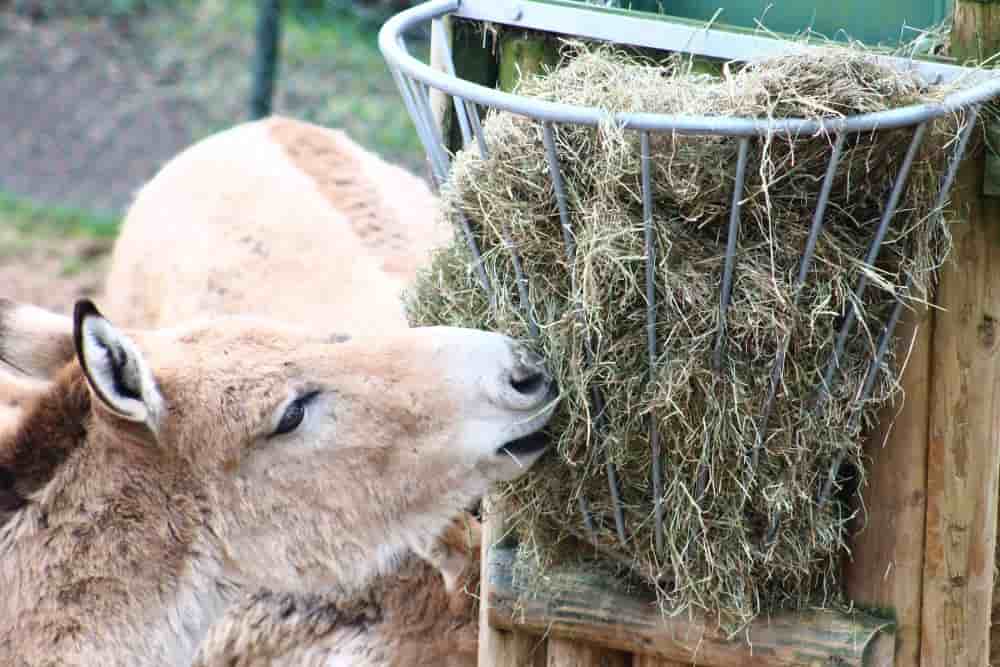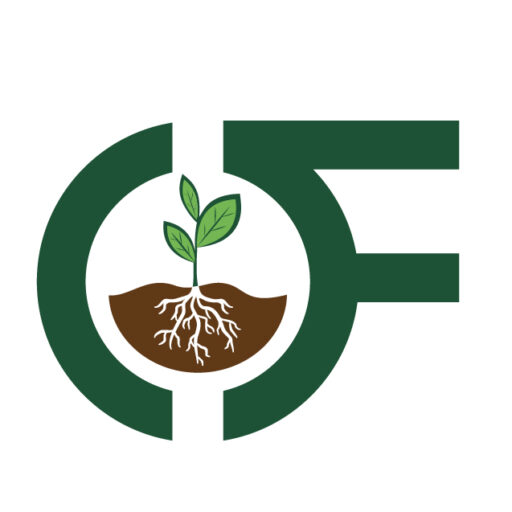Hay Equipment Essentials: Tools Every Small Farm Needs for Handling and Storing Feed
Whether you’re raising a handful of goats or managing a growing herd of cattle, having the right tools to manage your hay is essential. Proper hay handling and storage equipment not only saves time and labor but also helps protect the nutritional value of your feed.
For small farms, deciding what equipment to invest in first can feel overwhelming. Do you really need a baler? What’s the best way to store hay without it going moldy? We’re breaking down the must-have hay tools, what’s nice to have, and which equipment becomes essential as your operation grows.

(Donkey eating hay from a feeder.)
Essential Hay Tools for Small Farms
If you’re working with 5 to 20 animals and sourcing hay rather than baling your own, your setup doesn’t need to be complex—but it should be efficient.
Hay Fork or Pitchfork
One of the oldest tools in the barn, and still one of the best. A durable pitchfork makes it easy to move loose hay from a stack to feeders or wheelbarrows. It’s also great for cleaning up leftover hay to avoid waste.
Wheelbarrow or Utility Cart
Don’t underestimate how much time you’ll save by using a sturdy wheelbarrow or dump cart. Whether you’re hauling flakes of hay from the barn to a pasture or moving bales from the truck, this tool is a lifesaver.
Hay Feeder
Investing in a proper feeder keeps your hay off the ground, reduces waste, and keeps it cleaner and safer for your animals. Choose a feeder suited to the species you care for—goats, horses, and cattle all have different needs.
Hay Storage Cover or Shed
Hay needs to stay dry and out of direct sunlight. If you don’t have a barn, a hay tarp or storage shed can go a long way in protecting your investment. Even small farms benefit from keeping hay stacked off the ground on pallets with good airflow.
Tools to Consider as You Grow
Once your farm grows past hobby level, efficiency becomes more important. If you’re managing dozens of animals or storing large volumes of hay, these tools become worth the investment.
Bale Spear or Hay Grapple (for Tractors)
If you have a tractor, a bale spear or hay grapple attachment will drastically improve how quickly and safely you move large round or square bales.
Hay Elevator
For stacking hay in barns or lofts, a hay elevator is a game-changer. It saves your back and speeds up unloading when you receive large hay deliveries.
Small Square Baler (if producing your own hay)
For farms with enough land to grow their own forage, a small square baler can help you control both quality and cost. This is a bigger investment, but over time it can pay off if you have storage space and equipment to handle baling.
Hay Storage Tips to Protect Feed Quality
Regardless of the size of your farm, storing hay correctly is just as important as harvesting or buying high-quality bales. Here are some quick tips:
- Keep it dry: Moisture is the enemy of hay. Store bales off the ground using pallets or a gravel base, and always cover them with a breathable tarp or store them in a dry shed.
- Allow ventilation: Don’t stack hay too tightly. Airflow prevents mold growth and heat buildup.
- Rotate stock: Use older hay first. This helps prevent spoilage and ensures your animals always get the freshest feed.
For Larger Farms: Equipment That Scales
Larger farms or those operating commercially may also consider:
- Round balers (if producing large volumes of hay)
- Hay rakes and tedders (for drying cut forage before baling)
- Moisture meters (to ensure hay is safe to store)
- Forklifts or skid steers (for heavy-duty bale stacking)
While some of this equipment represents a higher upfront cost, it can pay for itself in saved labor, reduced waste, and better feed quality over time.
Final Thoughts: Start Small, Grow Smart
Not every farm needs a full lineup of hay equipment right away. Start with the basics—pitchforks, carts, feeders, and good storage. As your livestock numbers increase, you can add tools that save time and protect your hay investment.
At Ohana Farms, we’re more than just a source of premium hay—we’re a resource for livestock owners looking to make the most of their feed programs. Whether you’re managing a few backyard goats or building a full-scale operation, we’re here to help you succeed.

